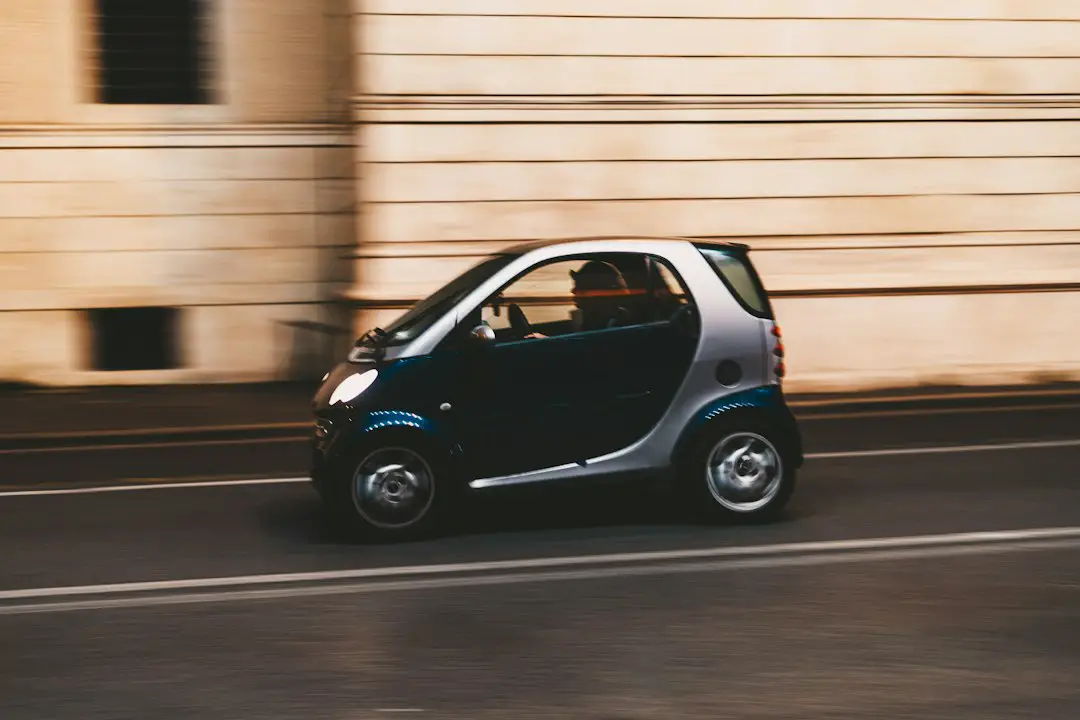Support our hydrofoil educational content for free when you purchase through links on our site. Learn more
Hydrofoil Windsurfing Speed: Unleashing the Need for Speed [2024]
Did you know that hydrofoil windsurfing can reach mind-blowing speeds that will leave you exhilarated and craving for more? Imagine gliding effortlessly above the water, defying gravity, and feeling the rush of adrenaline as you push the limits of speed. In this article, we will dive deep into the world of hydrofoil windsurfing speed, exploring its history, techniques, and the gear you need to reach new heights. So, strap in and get ready for an epic ride!
Table of Contents
- Quick Answer
- Quick Tips and Facts
- Background: The Evolution of Hydrofoil Windsurfing
- The Need for Speed: Unleashing the Power of Hydrofoil Windsurfing
- Mastering the Art: Techniques for Speedy Hydrofoil Windsurfing
- Choosing the Right Gear: The Key to Speed
- FAQ
- Conclusion
- Recommended Links
- Reference Links
Quick Answer
Hydrofoil windsurfing can reach speeds of up to 40 knots (46 mph or 74 km/h), making it one of the fastest water sports in the world. The combination of a hydrofoil board and a specially designed sail allows windsurfers to lift out of the water and glide effortlessly, reducing drag and maximizing speed. If you’re looking for an adrenaline-pumping experience on the water, hydrofoil windsurfing is the way to go!
CHECK PRICE on: Hydrofoil Windsurfing Gear | Hydrofoil Boards | Windsurfing Sails
Quick Tips and Facts
- Hydrofoil windsurfing combines the techniques of windsurfing and hydrofoiling, allowing riders to achieve incredible speeds.
- The hydrofoil, a wing-like structure attached to the bottom of the board, lifts the board out of the water as speed increases, reducing drag and increasing efficiency.
- Hydrofoil windsurfing requires a certain level of skill and experience, as it involves balancing on a narrow board while controlling the sail and managing the foil.
- Wind conditions play a crucial role in hydrofoil windsurfing. A minimum wind speed of around 10-12 knots is required to generate enough lift for the hydrofoil to work effectively.
- Safety is paramount in hydrofoil windsurfing. Wearing a helmet, a buoyancy aid, and using a quick-release harness system are essential for your protection.
Background: The Evolution of Hydrofoil Windsurfing

Hydrofoil windsurfing has come a long way since its inception in the 1970s. It all started with the development of the Windsurfer, a board with a sail that revolutionized the world of sailing. Over the years, windsurfing evolved, and enthusiasts began experimenting with hydrofoils to enhance performance and speed.
In the early days, hydrofoil windsurfing was a niche sport, limited to a few passionate individuals who were willing to push the boundaries. However, advancements in technology and design have made hydrofoil windsurfing more accessible to a wider audience.
Today, hydrofoil windsurfing has gained popularity worldwide, with professional athletes pushing the limits of speed and amateurs enjoying the thrill of gliding above the water. The sport continues to evolve, with new gear and techniques constantly being developed to maximize speed and performance.
The Need for Speed: Unleashing the Power of Hydrofoil Windsurfing
Hydrofoil windsurfing is all about speed. The combination of a hydrofoil board and a specially designed sail allows riders to harness the power of the wind and achieve incredible velocities. As the wind fills the sail, it generates lift, causing the hydrofoil to rise out of the water. This reduces drag and allows the board to glide effortlessly, reaching speeds that were once unimaginable.
The feeling of speed in hydrofoil windsurfing is truly exhilarating. As you gain confidence and experience, you’ll find yourself pushing the limits and exploring new horizons. The rush of adrenaline as you carve through the water at high speeds is unmatched, making hydrofoil windsurfing a favorite among thrill-seekers.
Mastering the Art: Techniques for Speedy Hydrofoil Windsurfing
Mastering hydrofoil windsurfing requires a combination of skill, technique, and practice. Here are some key techniques to help you unlock the full potential of speed:
-
Balancing Act: Hydrofoil windsurfing requires excellent balance and body control. Keep your weight centered over the board and use subtle movements to maintain stability.
-
Sheeting In and Out: Controlling the sail is crucial for speed. Learn to sheet in (pull the sail towards you) to generate power and accelerate, and sheet out (release the sail) to depower and maintain control at high speeds.
-
Carving Turns: To maintain speed through turns, learn to carve the board by shifting your weight and using your body as a counterbalance. This will help you maintain momentum and minimize speed loss.
-
Pumping: Pumping the sail is a technique used to generate additional speed. By using your body weight and leg muscles to push and pull the sail, you can create extra power and maintain speed in light wind conditions.
-
Reading the Wind: Understanding wind patterns and gusts is essential for maximizing speed. Look for areas of increased wind velocity and use them to your advantage.
Remember, mastering hydrofoil windsurfing takes time and practice. Start with smaller sails and gradually work your way up as you gain confidence and experience. Take lessons from experienced instructors to accelerate your learning curve and ensure your safety on the water.
Choosing the Right Gear: The Key to Speed
Choosing the right gear is crucial for achieving maximum speed in hydrofoil windsurfing. Here are the key components you need to consider:
-
Hydrofoil Board: The hydrofoil board is the foundation of your setup. Look for a board that offers stability, control, and maneuverability. Consider factors such as board length, width, volume, and construction materials. Each brand offers a range of options, so choose one that suits your skill level and desired speed.
-
Hydrofoil: The hydrofoil itself is a critical component that determines your ability to lift out of the water and reduce drag. Look for a hydrofoil with a well-designed wing profile, adjustable settings, and durable construction. Different foils excel in different wind conditions, so consider your local wind patterns when choosing a foil.
-
Windsurfing Sail: The sail is your engine, converting wind power into forward motion. Look for a sail that offers a good balance between power and control. Consider factors such as sail size, cambered or camless design, and construction materials. A well-tuned sail will help you maximize speed and efficiency.
-
Mast and Boom: The mast and boom are the backbone of your rig. Look for a mast that offers the right balance between stiffness and flex, depending on your skill level and desired performance. The boom should be adjustable and comfortable to hold, allowing you to fine-tune your sail’s shape and power.
-
Harness and Lines: A comfortable harness and well-maintained lines are essential for maintaining control and maximizing speed. Look for a harness that fits well and distributes the load evenly across your body. Check your lines regularly for wear and tear, and replace them if necessary.
Remember, the right gear can make a significant difference in your speed and overall enjoyment of hydrofoil windsurfing. Consult with experienced riders, visit local shops, and try out different setups to find the perfect combination for your needs.
FAQ

How fast do foiling windsurfers go?
Foiling windsurfers can reach speeds of up to 40 knots (46 mph or 74 km/h), depending on wind conditions and rider skill. The combination of a hydrofoil board and a specially designed sail allows riders to lift out of the water and reduce drag, maximizing speed and efficiency.
Read more about “… Hydrofoil Yacht: The Ultimate Guide to Sailing on Foils”
What is the minimum wind speed for wind foiling?
A minimum wind speed of around 10-12 knots is required for wind foiling. This is the threshold at which the hydrofoil generates enough lift to lift the board out of the water. As wind speed increases, so does the potential for speed and performance.
Read more about “Hydrofoil Windsurfing for Beginners …”
How hard is windsurfing foiling?
Windsurfing foiling requires a certain level of skill and experience. Balancing on a narrow board while controlling the sail and managing the foil can be challenging at first. However, with practice and proper instruction, most riders can quickly progress and enjoy the thrill of foiling windsurfing.
Read more about “How hard is windsurfing foiling?”
How fast can you go windsurfing?
In traditional windsurfing, speeds of up to 30 knots (35 mph or 56 km/h) can be achieved by skilled riders. However, with the advent of hydrofoil technology, speeds of up to 40 knots (46 mph or 74 km/h) are now possible in hydrofoil windsurfing.
Read more about “Hydrofoil Windsurfing Kit: Take Your Windsurfing to New Heights …”
Conclusion

Hydrofoil windsurfing is a thrilling and exhilarating sport that allows riders to reach incredible speeds on the water. With the right gear, technique, and wind conditions, you can experience the rush of gliding above the water and pushing the limits of speed. Whether you’re a seasoned windsurfer looking for a new challenge or a beginner eager to explore the world of hydrofoil windsurfing, the need for speed awaits you.
So, grab your gear, head out to the water, and let the wind carry you to new heights. Remember to always prioritize safety, seek proper instruction, and have fun as you embark on this exciting journey of hydrofoil windsurfing speed!
Recommended Links
- CHECK PRICE on: Hydrofoil Windsurfing Gear | Hydrofoil Boards | Windsurfing Sails
- Shop Hydrofoil Windsurfing Brands: Starboard Windsurfing | CHSwindsolutions | AL360 Windsurfing Tools
